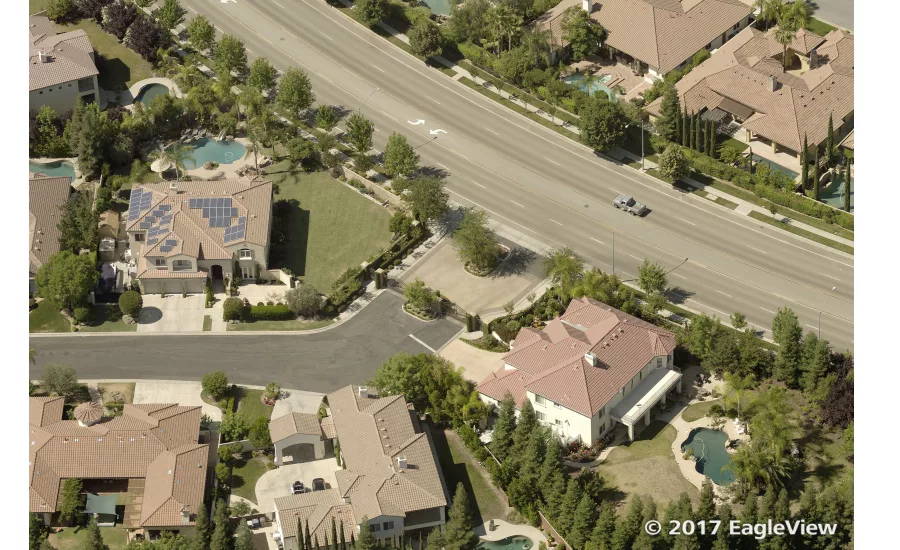Reducing Solar Customer Acquisition Costs with Technology

Earlier this year, the International Renewable Energy Agency (IRENA) released its Renewable Energy and Jobs: Annual Review 2017. In it, IRENA reported that the solar photovoltaic industry is adding jobs at 17 times the rate of the general economy — faster than any other renewable energy sector. In fact, data from IRENA showed that between 2015 and 2016, solar industry employment in the U.S. jumped 24.5 percent to more than 260,000 people.
The IRENA report also revealed that more than half of all U.S. solar jobs involve installation. That figure includes those in the roofing industry, who often expand their businesses to capture other opportunities in their local markets.
Yet for roofing contractors just breaking into solar, generating leads in an additional sector can be a daunting task, especially when the cost of solar customer acquisitions seems so high.
Before making a bid, a contractor will examine a home’s solar suitability. Solar installers must ensure that a portion of the roof has an unobstructed view of the sky to maximize the PV system’s effectiveness. Trees, taller buildings, and other shade-causing objects, however, can decrease a home’s solar suitability. Unaccounted for, a contractor may spend time bidding on the wrong customer.
A site visit can reveal these details, but time is money. Contractors have to calculate solar exposure, roof pitch, and azimuth—and that could be after they’ve already spoken to the property owner. Larger companies sending workers to inspect a site have fewer employees working on current projects and less time to respond to other bidding requests. In other words, they’re doing the work before the job has even begun.
Wouldn’t it be easier if the contractor had that information in hand when meeting with the prospect?
Technology, in particular aerial imagery, can provide these answers. A clear and accurate view of a property can reduce the number of on-site visits necessary to complete bids.
What can the right aerial imagery give solar contractors?
- A comprehensive, high-resolution view of a property: High-resolution aerial imagery lets contractors know the solar suitability of a property without having to travel there in person. Yet not only is resolution important. Contractors need to see more than a top-down view of a structure. Images captured from an oblique (40- to 45-degree angle) perspective let contractors see all facets of the roof along with the sides of the property.
- Precise and accurate measurements: Precise and dependable measurements are the key to more accurate bids for roofers and solar contractors alike. The right software takes high-resolution aerial images and makes them actionable, giving contractors data they can trust. With the right roof measurements for the job, a solar installer won’t need to redesign a system one—or more—times.
- Detection and measurement of shade-causing objects: There’s a tree next to the house. Will it impact a solar panel installation? The right imagery can make object detection and measurement simple, so there’s no guesswork—just answers—in the bid. Knowing the height, shape, and location of nearby trees and on-site nuances virtually eliminates the need to physically step foot on the property. That can help drastically reduce change orders as well as time spent inspecting and designing for each job, saving all around on customer acquisition costs.
In fact, such technology can prevent the need for contractors to do the math altogether. Other processes can create reports with accurate property data and measurements, including the length, area, pitch, and azimuth of a roof. Further, the implementation of machine learning technologies is making the recognition and measurement of objects in photographs a faster process, delivering valuable data to customers in record time.
That’s less time spent measuring and more time available to place — and win — bids. Isn’t it time all contractors began embracing technology to acquire customers?